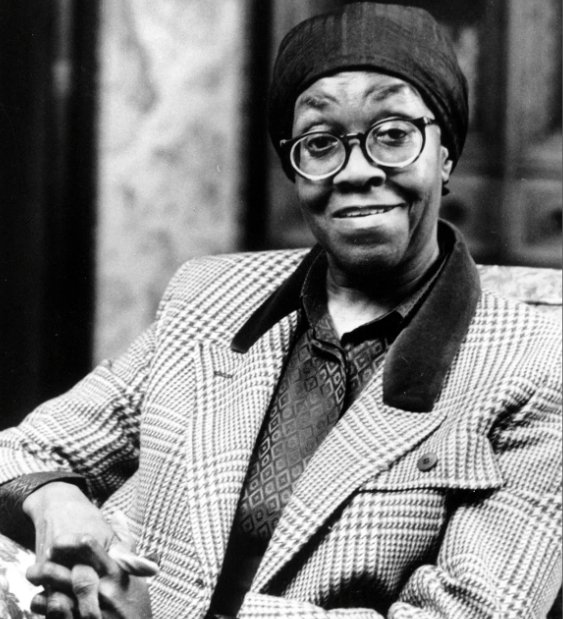Gwendolyn Brooks Biography: Gwendolyn Elizabeth Brooks, born on June 7, 1917, was an American poet, author, and teacher, celebrated for her insightful, potent, and empathetic portrayal of life in her community. She emerged as a leading figure in American literature, becoming the first African American to win a Pulitzer Prize. Her extensive body of work and her dedication to nurturing young talent have left an indelible mark on the world of poetry and beyond.
Early Life and Influences
Growing Up in Chicago
Brooks was born in Topeka, Kansas, but her family moved to Chicago when she was just six weeks old. This city, with its vibrant cultural and social landscape, played a significant role in shaping her poetic voice. She often credited Chicago for giving her a multitude of characters and experiences to draw upon.
Educational Journey
Brooks attended several high schools, including the integrated Hyde Park High School, the all-black Wendell Phillips High School, and the integrated Englewood High School. These diverse educational experiences exposed her to the racial dynamics and injustices prevalent in society, profoundly impacting her writing.
Early Literary Aspirations
Encouraged by her mother, who compared her to Paul Laurence Dunbar, Brooks began writing at an early age. She published her first poem at age 13 and became a regular contributor to The Chicago Defender. Her early experiences reinforced her desire to pursue a career in writing, leading her to forego a traditional four-year college degree.
Career Milestones
First Publications
Brooks published her first poem, “Eventide,” at the age of 13. By the age of 16, she had written and published approximately 75 poems. Her early work was nurtured by African American literary figures like James Weldon Johnson and Langston Hughes.
“A Street in Bronzeville” and Literary Success
Her first collection, “A Street in Bronzeville” (1945), received critical acclaim for its authentic depiction of African American life. This was followed by “Annie Allen” (1949), which won the Pulitzer Prize for Poetry in 1950, making Brooks the first African American recipient.
Exploring New Dimensions
In her novella “Maud Martha” (1953), Brooks explored the themes of black womanhood and identity. This work, along with her other publications like “In the Mecca” and “Blacks,” solidified her status as an influential literary figure.
Teaching and Mentoring
Brooks was passionate about teaching and nurturing new talent. She taught at various institutions, including Columbia College Chicago and Chicago State University, sharing her love for poetry and encouraging young writers.
Personal Life
Family
Brooks married Henry Lowington Blakely, Jr., in 1939, and they had two children. Her family life, particularly her role as a mother, influenced her writing and her commitment to mentoring young poets.
Legacy and Honors
Poet Laureate and Other Recognitions
Brooks was appointed Poet Laureate of Illinois in 1968 and served in this capacity until her death. She was also named U.S. Poet Laureate for the 1985–86 term. In 1976, she became the first African American woman inducted into the American Academy of Arts and Letters.
Archives and Posthumous Recognition
Her archives, a testament to her prolific career, are housed at the University of Illinois and UC Berkeley. Brooks’ legacy continues to inspire and influence poets and writers around the world.
Conclusion
Gwendolyn Brooks’ journey from a young girl in Chicago to a celebrated poet and teacher is a story of perseverance, talent, and dedication. Her ability to capture the essence of her community and her unwavering commitment to literary excellence have made her an enduring figure in American literature.
